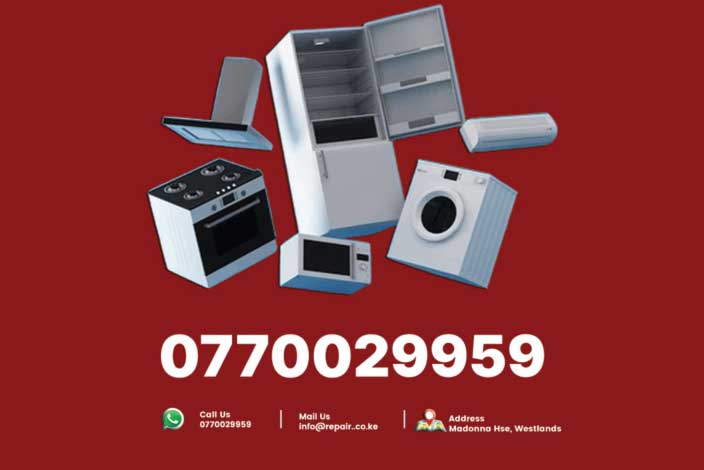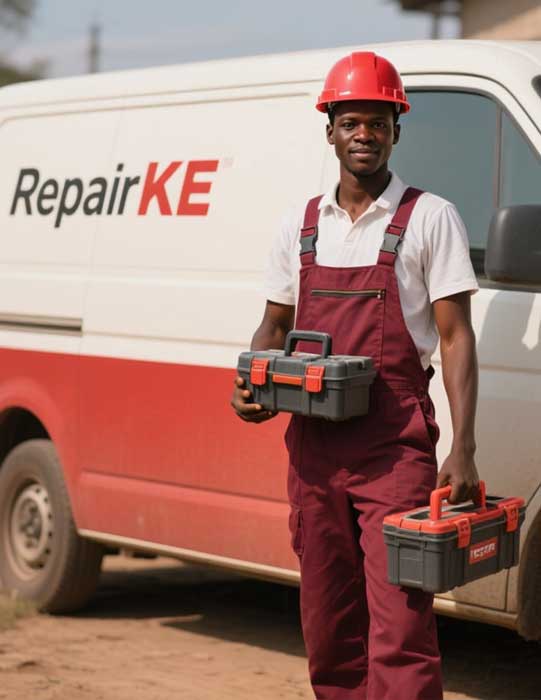Weld cracking is a serious defect where fractures form in the weld bead or surrounding material, compromising structural integrity. This fault can occur during or after welding and is often caused by material stress, improper settings, or machine issues.
Cracking can result from excessive cooling rates, particularly in materials like high-carbon steel, which are prone to brittleness. Incorrect machine settings, such as high amperage or improper preheat, can induce thermal stress, leading to cracks. Contaminated workpieces or filler materials, such as those with moisture or impurities, can introduce weaknesses that cause cracking. Machine faults, such as inconsistent arc stability or power fluctuations, may also contribute by creating uneven heat distribution.
Diagnosing weld cracking involves inspecting the weld for visible fractures, which may appear as hairline cracks or larger splits. Check machine settings to ensure they are appropriate for the material and welding process. For example, preheating is often required for thick or high-carbon materials to reduce thermal stress. Examine the workpiece and filler materials for contamination and verify proper joint preparation. Test the machine’s arc stability and power output with a multimeter to rule out internal faults, which may require professional repair.
Preventive measures include using appropriate preheat and post-weld heat treatment for susceptible materials. Calibrate machine settings to avoid excessive heat input and ensure proper electrode or filler material selection. Clean workpieces thoroughly and store filler materials in a dry environment to prevent contamination. Regular machine maintenance, including checking arc stability and power delivery, can minimize cracking risks. Operator training on proper welding techniques, such as maintaining consistent heat input, is also crucial.
Weld cracking can lead to catastrophic failures in critical applications, such as bridges or pressure vessels. By addressing material preparation, machine settings, and maintenance, welders can produce crack-free welds that meet stringent quality requirements.






